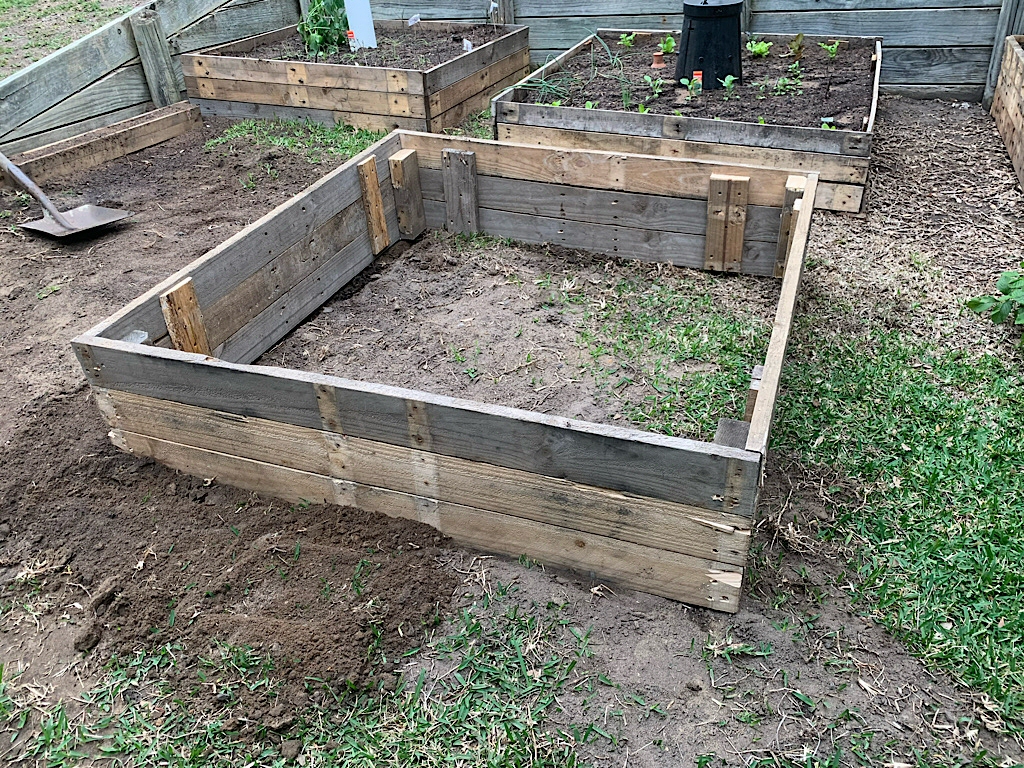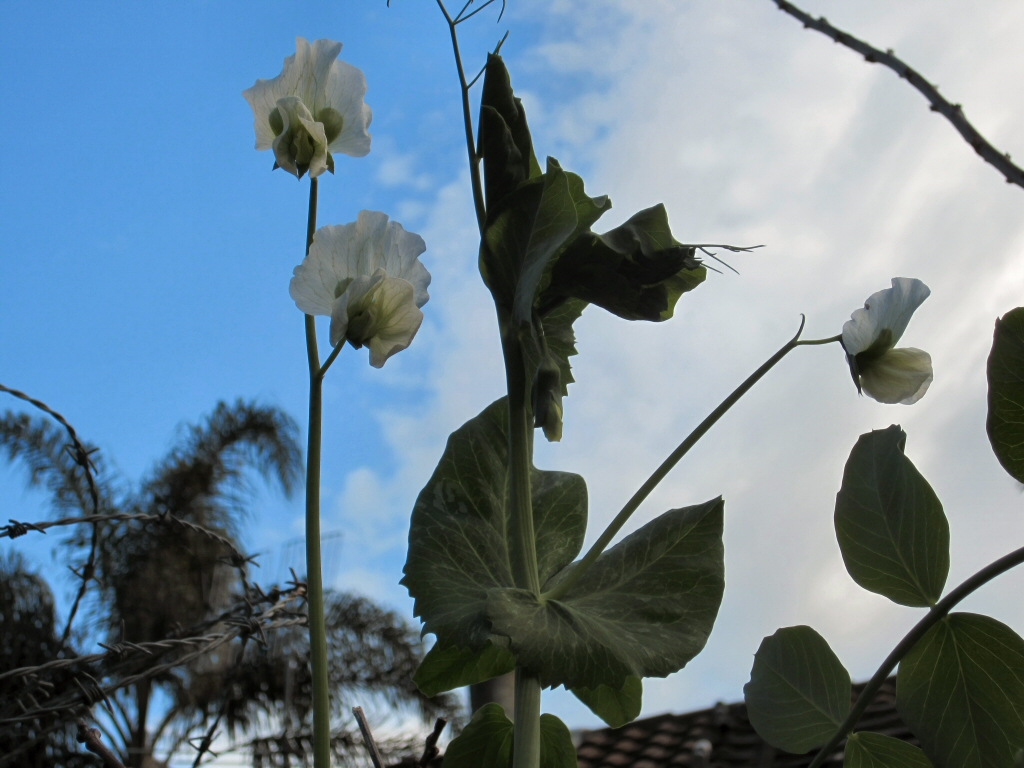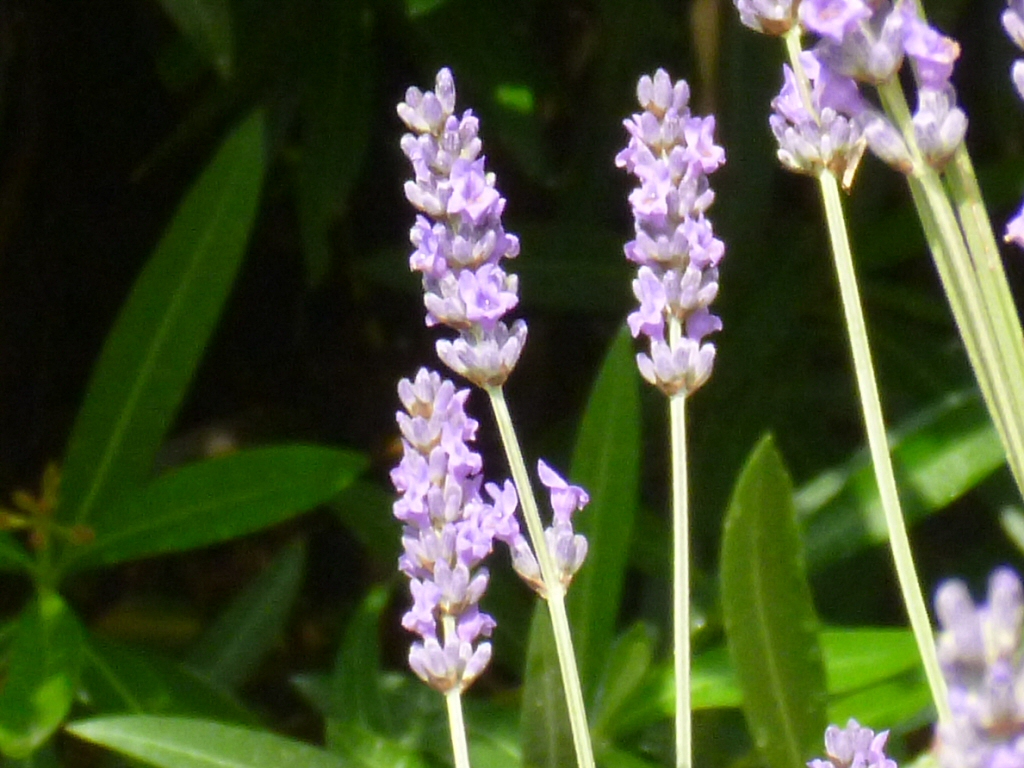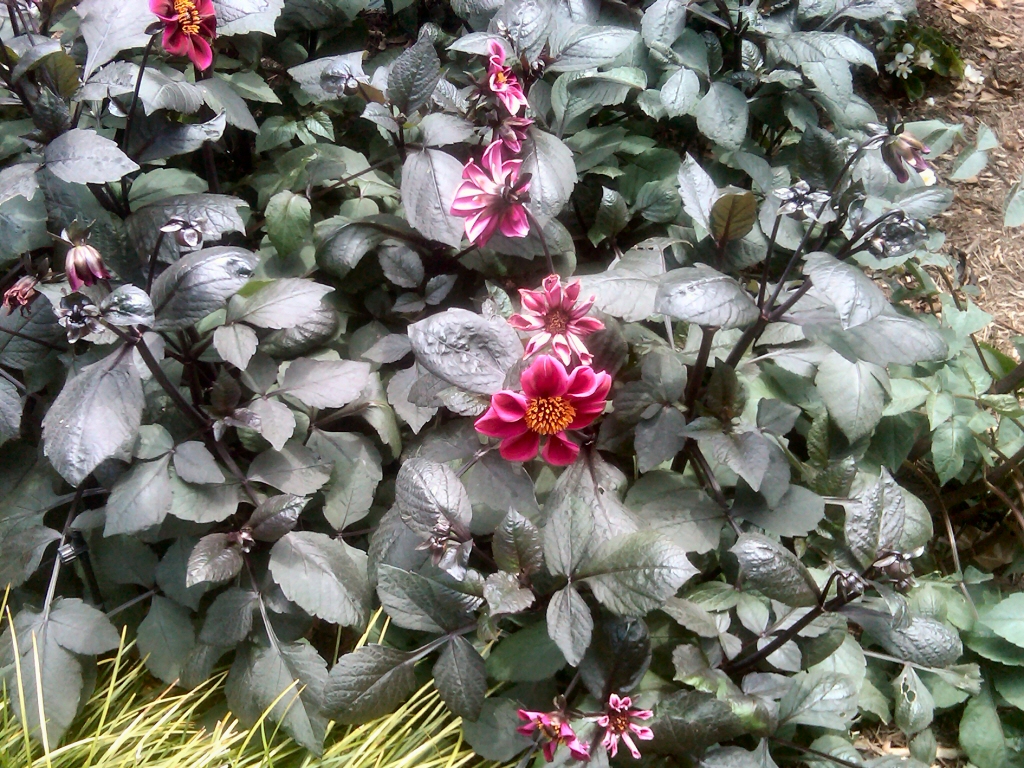Chilli peppers are one of the most satisfying of all vegetables in the home garden as they are relatively easy to grow and are also very ornamental and look great amongst flower beds or in a container on the patio. They are perennial plants, and can be grown for...
Articles
Articles
Citrus care in summer
How do I look after my Citrus trees in summer? The hottest period of the year is perhaps the most critical time for looking after citrus trees in order to ensure a good crop. The potential for plants to dry out is obviously greatest at this time; so ensure that plants...
Growing tropical fruits in the home garden
How do I grow tropical fruits in the home garden? The idea of salivating over a tasty tropical fruit as it ripens in one's backyard is a tempting one, however, it is important to be realistic about the chances of success depending on your location. While coastal...
Growing lettuce in the home garden
How do I grow lettuce? Imagine being able to walk out your back door to pick some crispy, delicious lettuce leaves for your evening salad. The ever-increasing availability to gardeners of an array of attractive and tasty...
Growing Macadamia nuts in your backyard
How do I grow Macadamias? Why not plant an edible Australian? The macadamia nut is arguably our finest contribution to the culinary world and it will grow particularly well in coastal gardens from Sydney to Queensland. It will also grow in all but the harshest of...
No Dig Vegetable Gardening
How do I start a no dig garden? Even if you have a concrete backyard in the city it is still possible to grow your own food. A no dig garden can be constructed virtually anywhere and can be of any size. There are many benefits of creating a no dig garden. One of them...
Growing peas in the garden
How do I grow peas? Growing your own peas will convert you to this ultimate in fast foods, as you will be hooked from the first time you munch on a snow pea pod picked straight from your own garden. Gardeners have been...
Growing pumpkins
How to grow a pumpkin patch Pumpkins are very easy and rewarding to grow and will look after themselves in a sunny corner of the garden. The plants form long runners that will rapidly fill several square meters. Dig some compost or well-rotted manure into the soil and...
Growing potatoes
How do I grow potatoes? Potatoes are one of the easiest of all vegetables to grow in the home garden. If you have a corner of the back yard that is reasonably sunny and is not being utilized then consider the joys of harvesting your own delicious baby potatoes fresh...
Rejuvenating old citrus trees
Can I prune an old Citrus tree? As spring approaches the sap starts to rise in citrus trees as their growth commences for the season. This makes it a perfect time to renovate plants such as citrus that may have become overgrown and therefore unproductive. Use...
Edible flowers
Why not brighten up your meals with the richly coloured petals of various flowers like nasturtiums. Such plants can be easily grown in pots that can be made easily accessible to your kitchen. For all the plants mentioned below a reasonable amount of sunlight will be...
Growing vegetables from seed
One of the most satisfying garden pursuits has to be raising a vegetable from a seed right through to picking the finished product from your garden. The most rewarding vegetables in this regard tend to be the larger seeded types that can be sown directly into their...
Propagating plants by cuttings
How do I propagate plants by cuttings? Propagation by cuttings relies on the production of a new root system from the cambium (water and nutrient conducting) tissue just below the epidermis or outer tissue (bark in woody plants) of the stem. Some plants (such as figs,...
Dividing Dahlias
How do you divide Dahlias? If you have a dahlia plant in the garden that is looking a bit overgrown and untidy then you can rejuvenate it by the simple process of division. Dahlias grow from tuberous roots that are very...
Dividing perennial plants
Many perennials that are clump forming such as agapanthus, daylilies, irises and kangaroo paws can be successfully divided in late winter, just before the new spring growth. Lift the clumps from the ground with a garden fork or spade and shake off most of the soil....
Propagating Australian Plants by Cuttings
Seeing new roots forming on a cutting you have done is always a magical feeling, particularly if it is a plant that is difficult to propagate. Many species can be propagated in your backyard or balcony with a minimal level of facilities. By understanding a little bit...
Propagating Australian Plants From Seed
Australian plants have evolved a variety of strategies for reproduction from seed. How they do this and why is important information because it can be used to advantage when propagating natives from seed. The evolution of...
Seed Savers Network
Heritage fruit and vegetables are garden treasures that have been propagated and passed down from one gardener to another. They are varieties that have been grown on a small scale for decades or even centuries. The Seed Savers Network is a community-based organisation...
Rose pruning
May is a suitable time to commence rose pruning in many districts with the exception of areas subject to heavy frosts where pruning may stimulate new growth that is vulnerable to damage. Most roses are grafted and it is always important to look for and remove any...
Tip pruning for garden plants
How do I tip prune my garden plants? As warmer weather arrives in spring most plants have a growth surge. For spring flowering plants the new shoot growth is laying the framework for the next flowering season. You can greatly enhance that next flowering by the simple...






